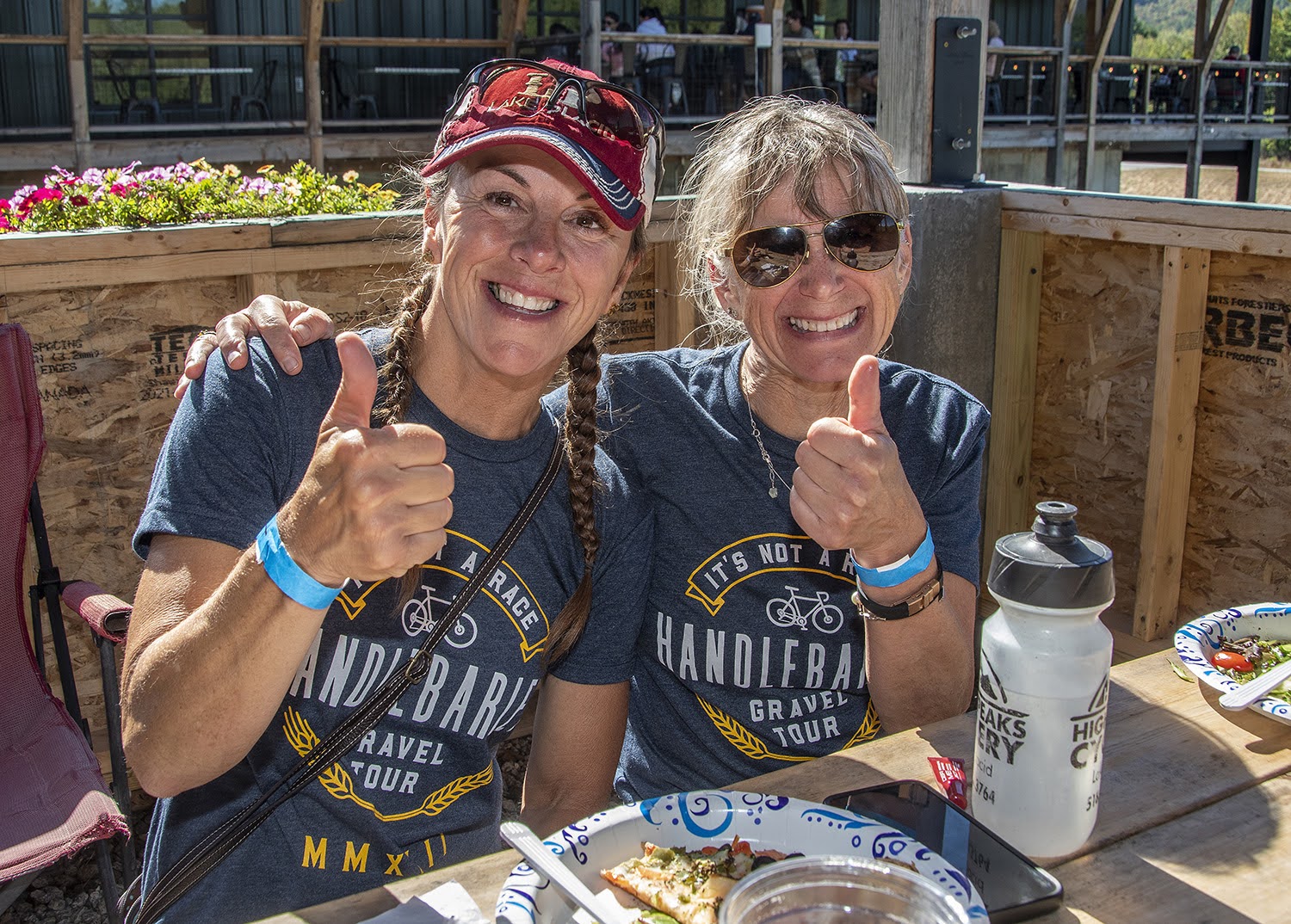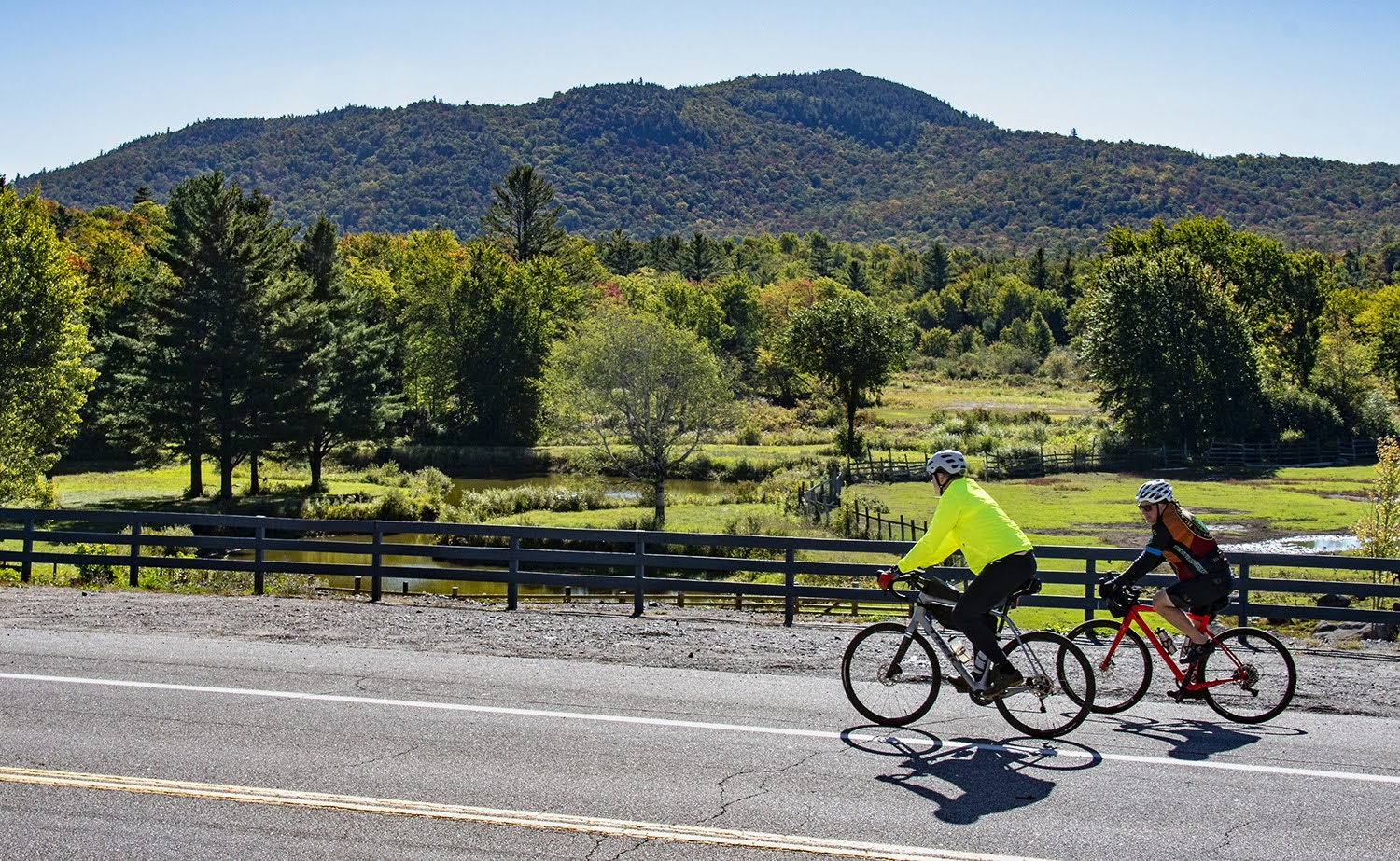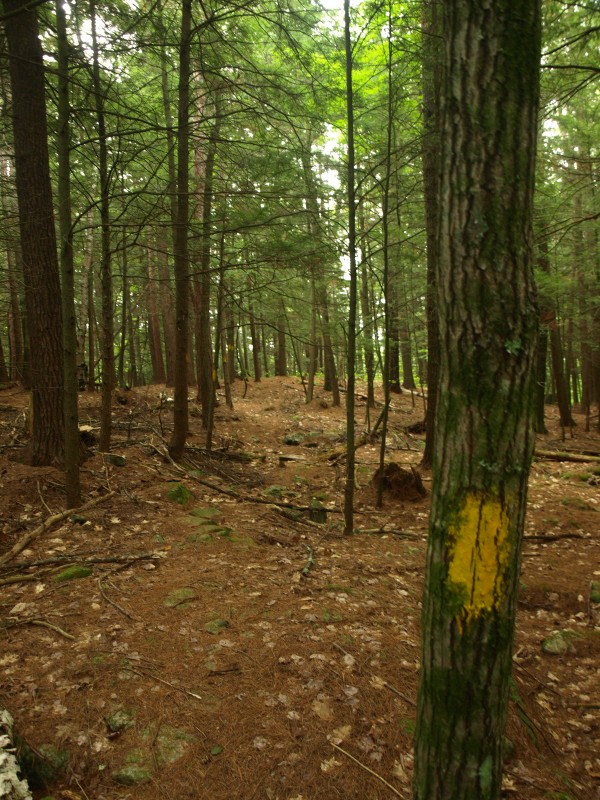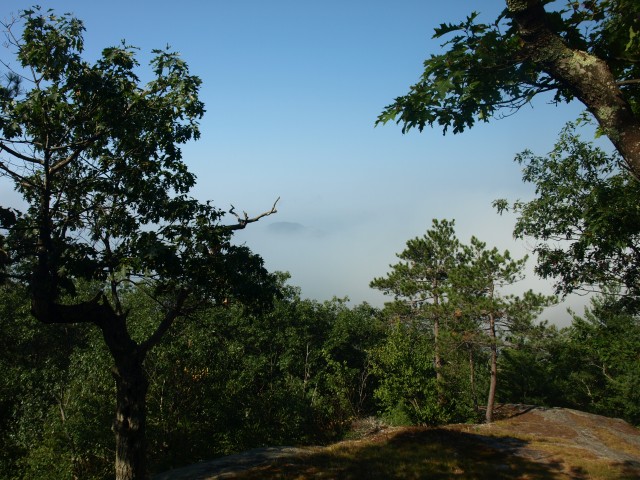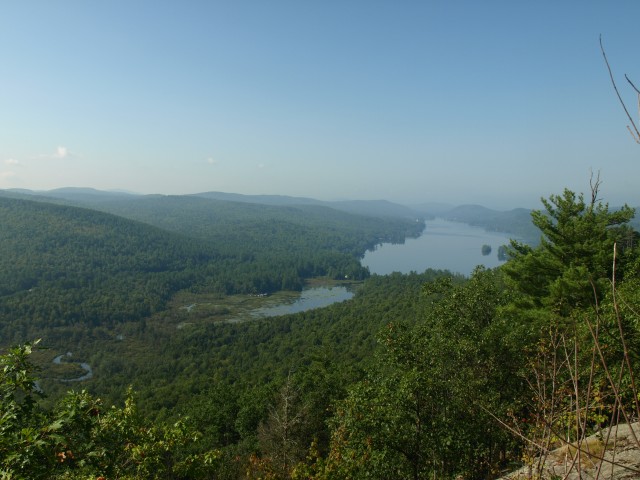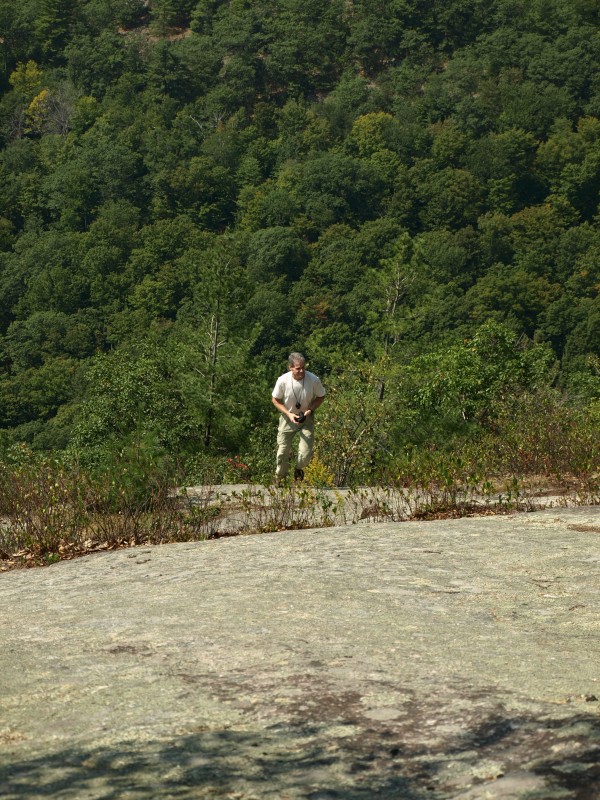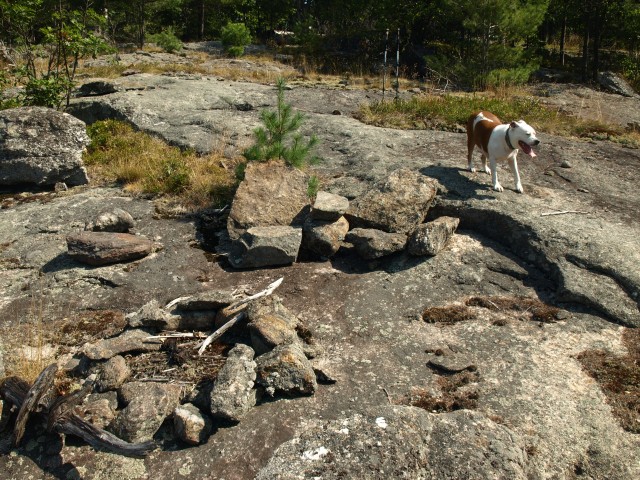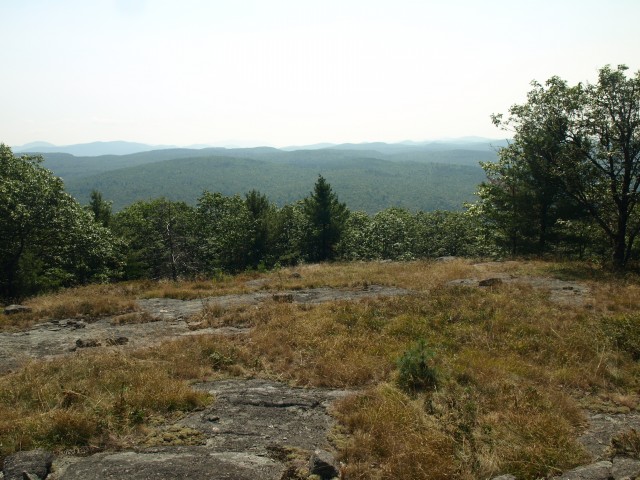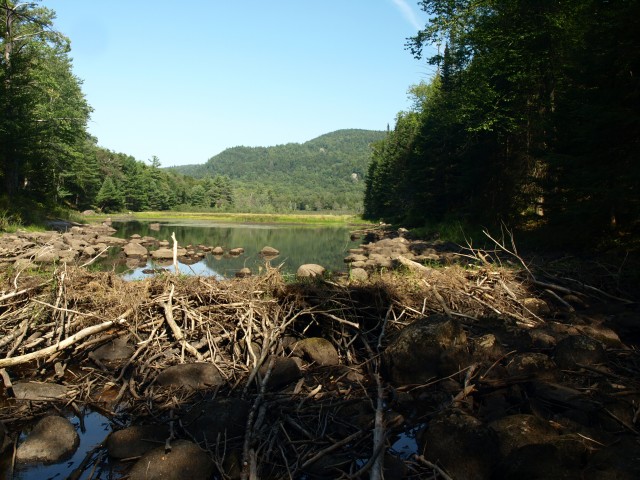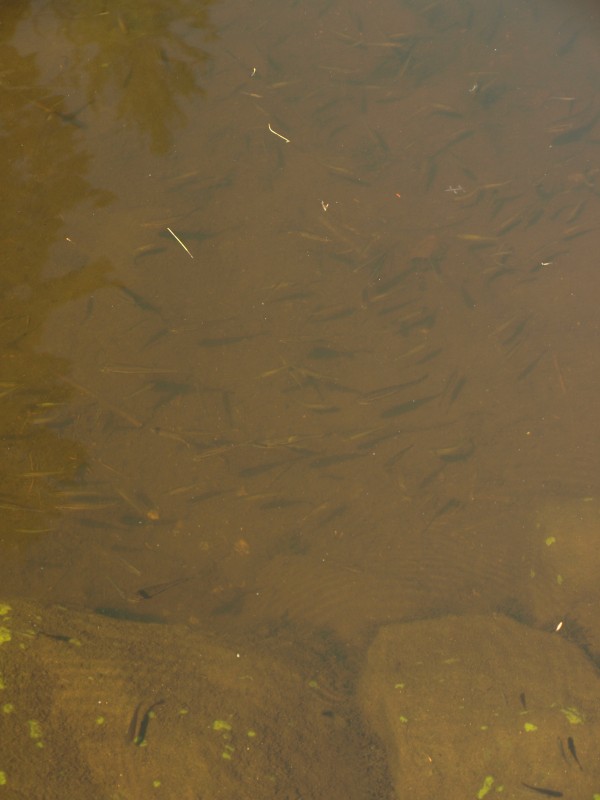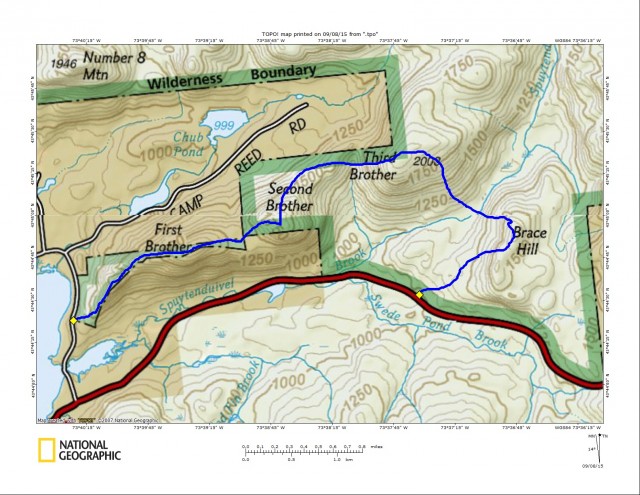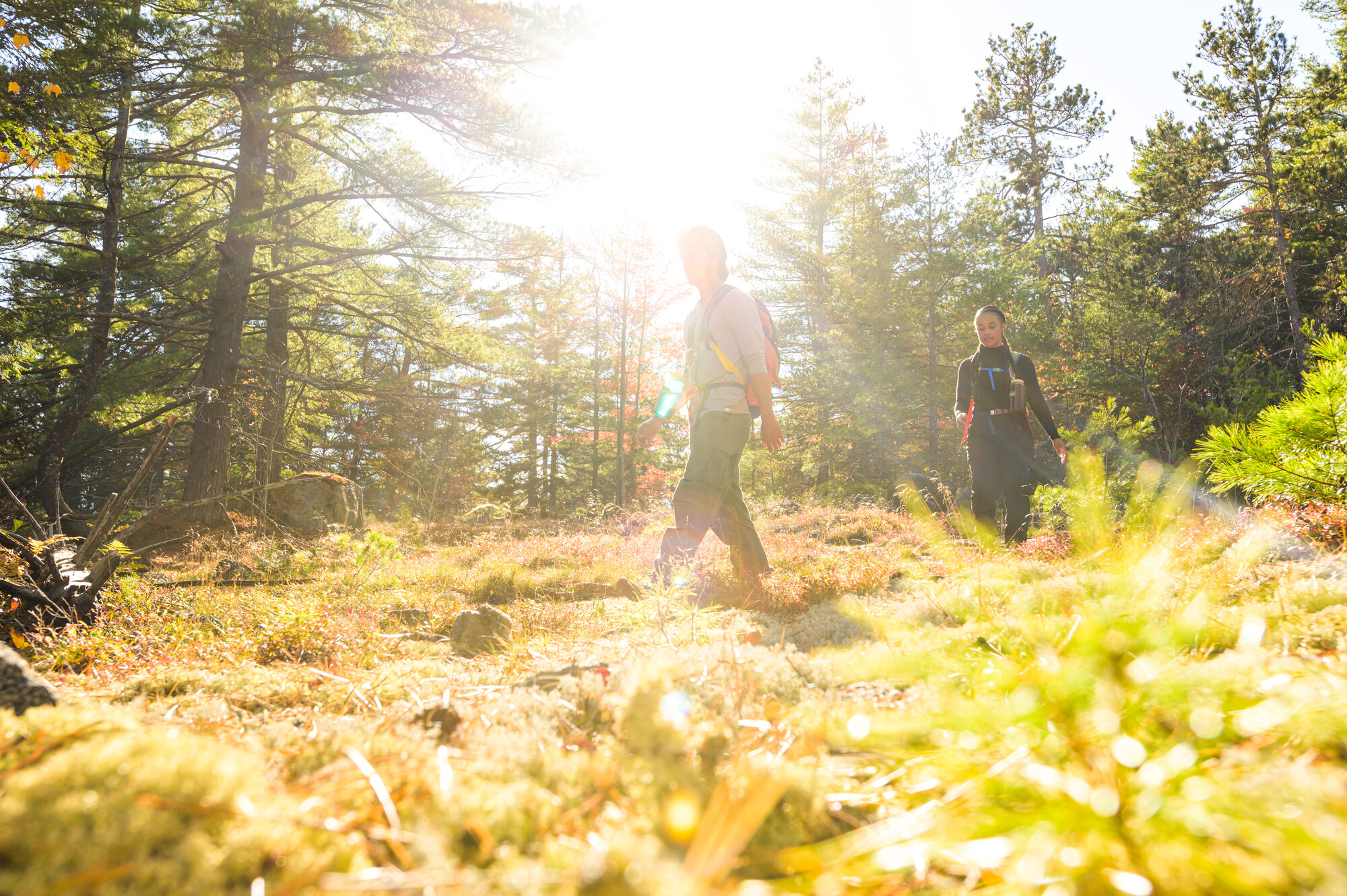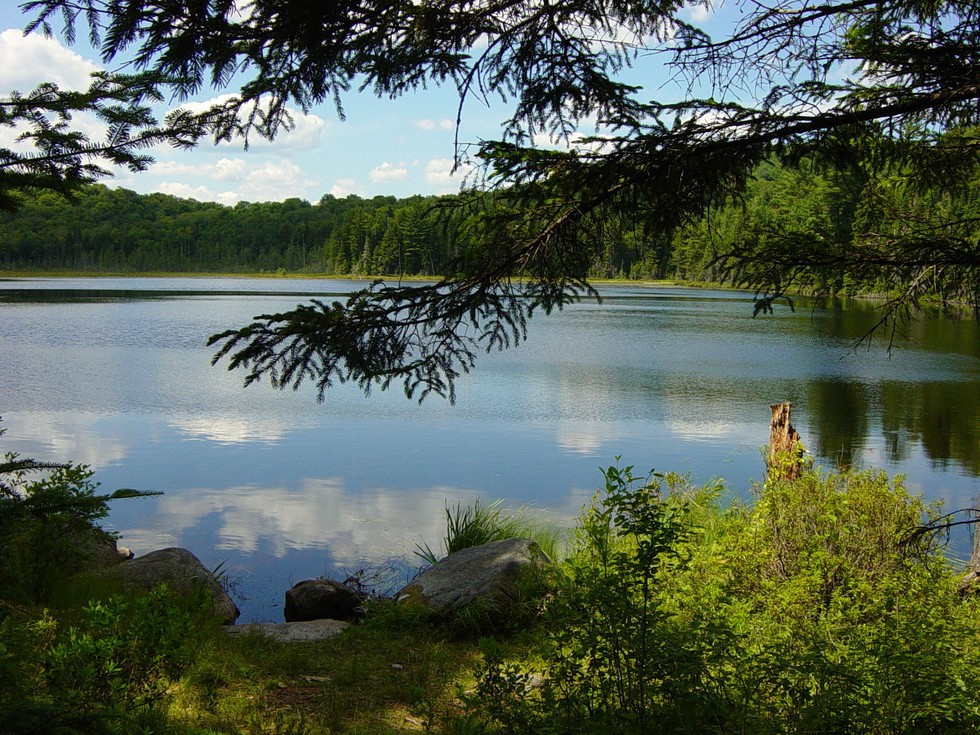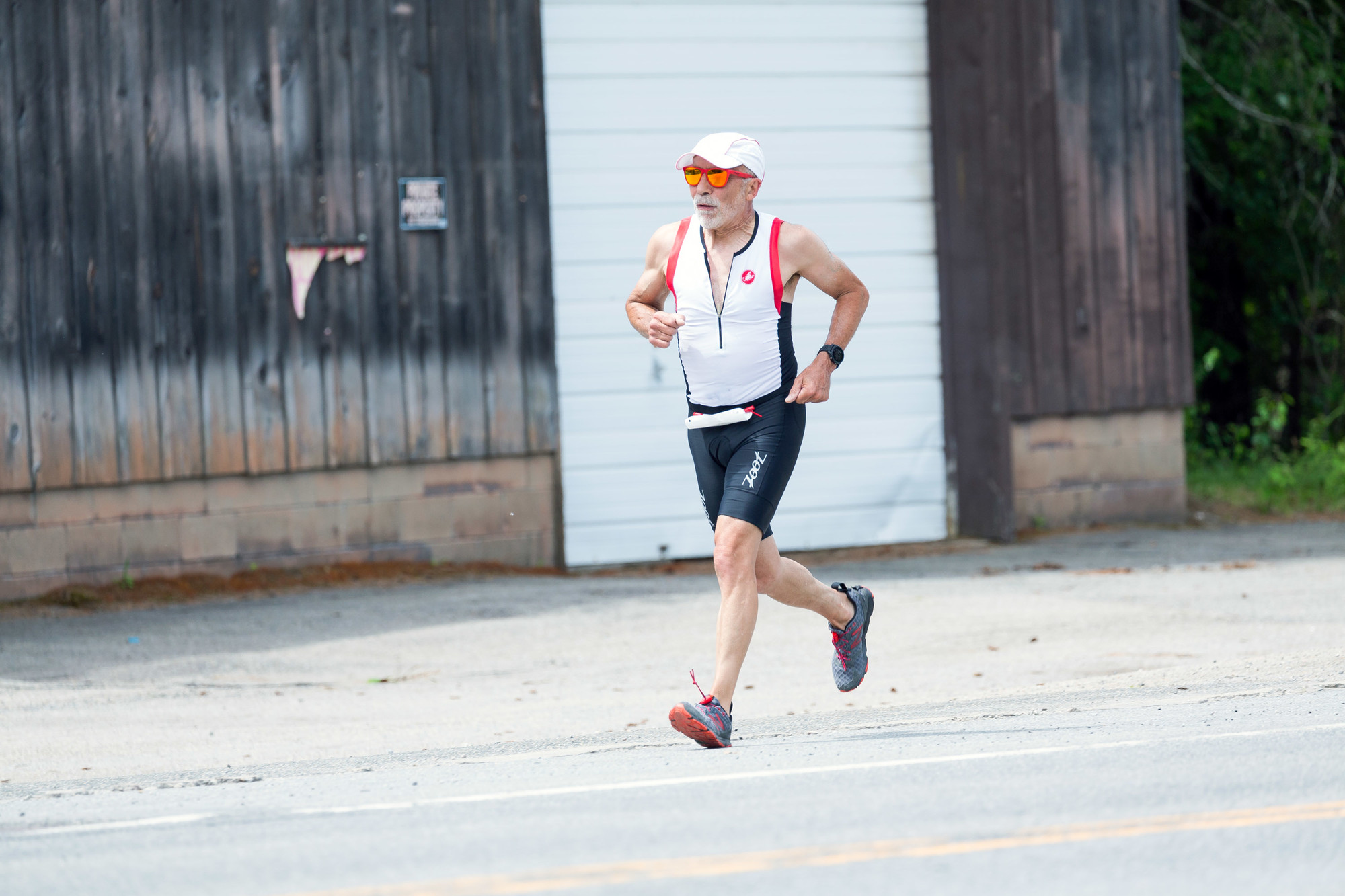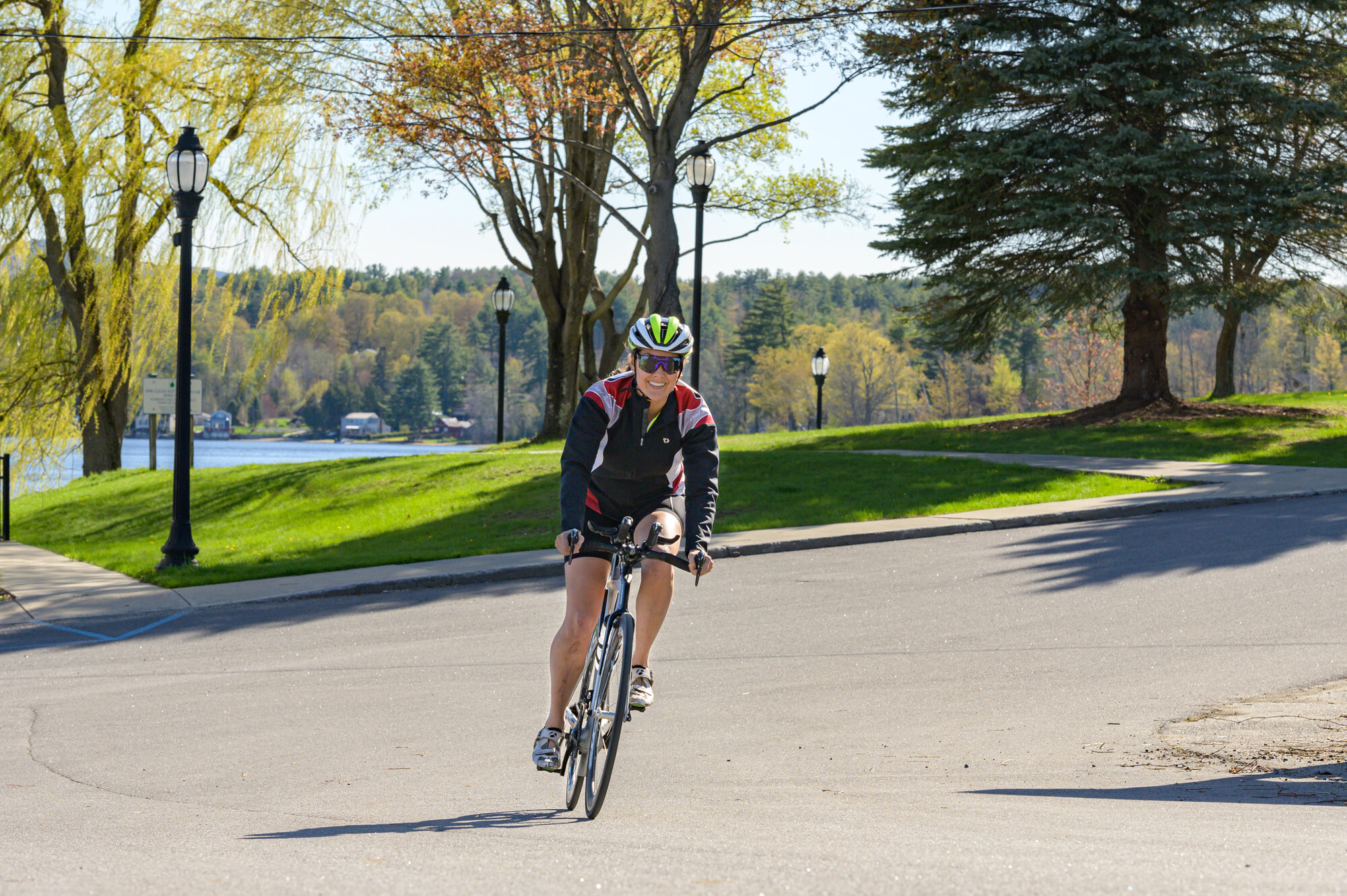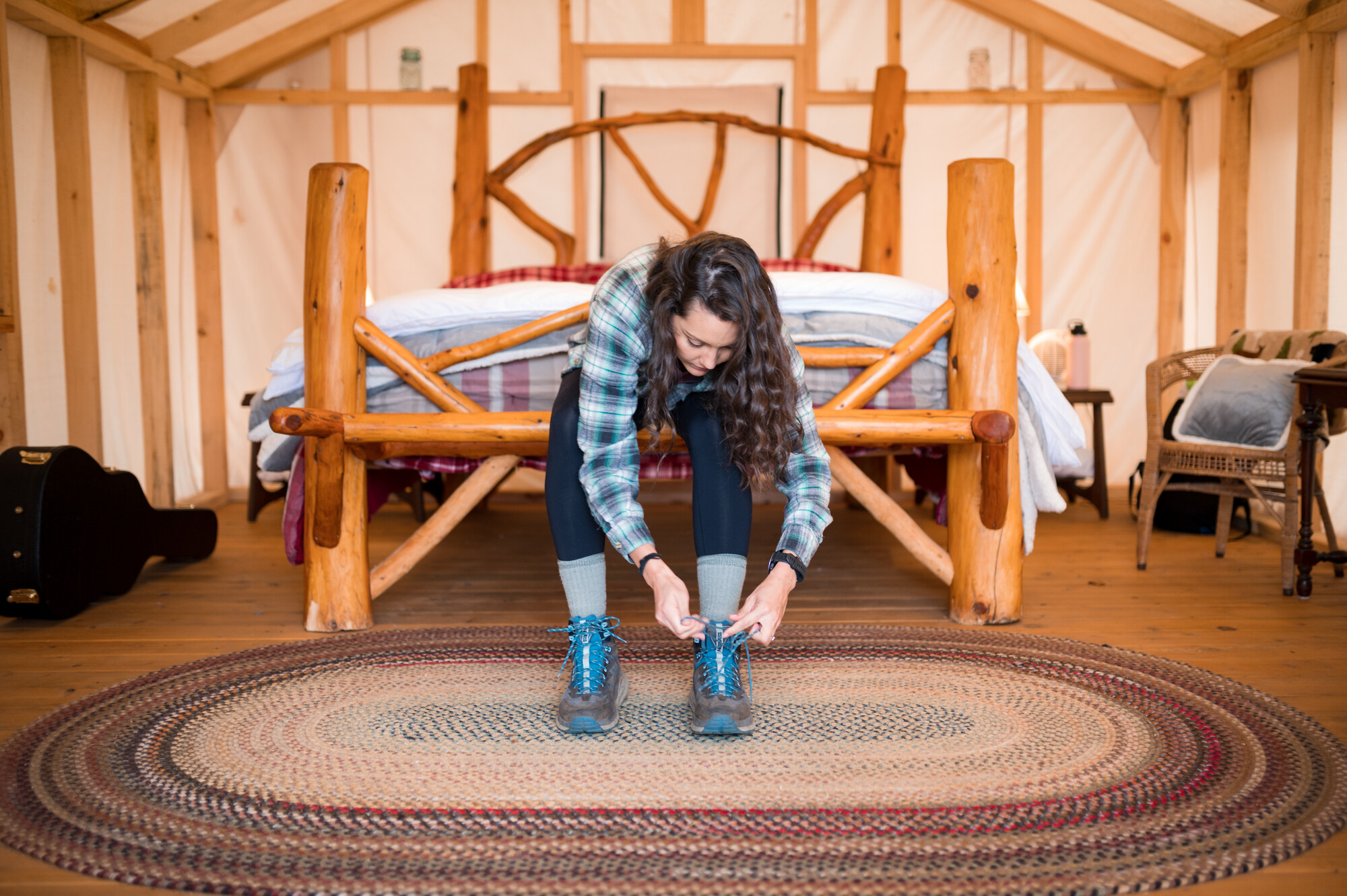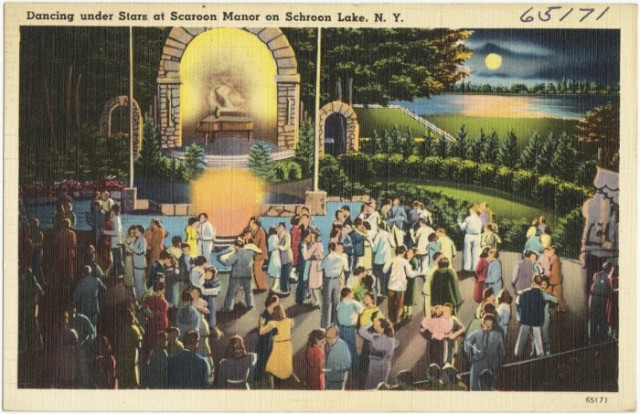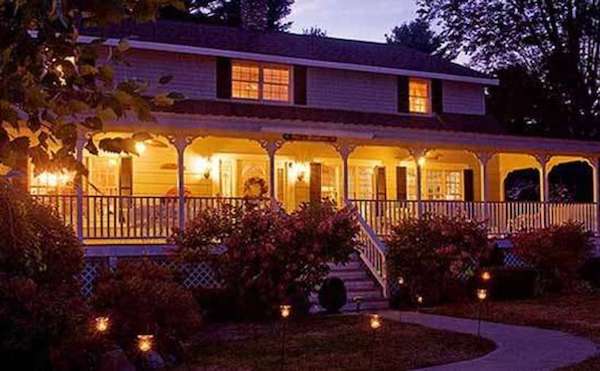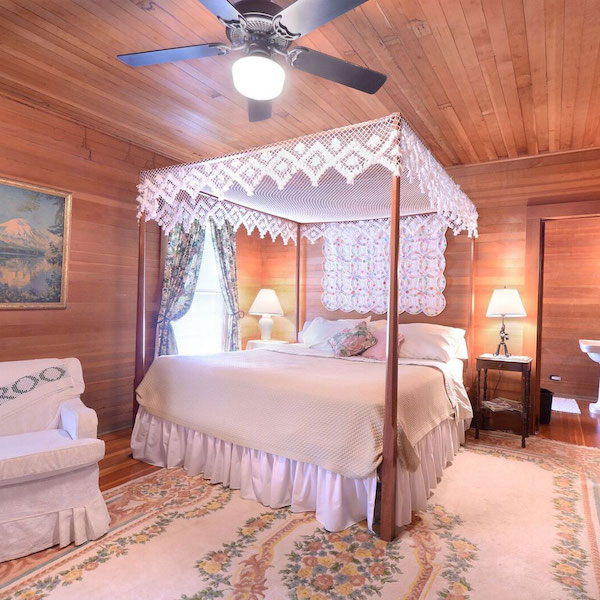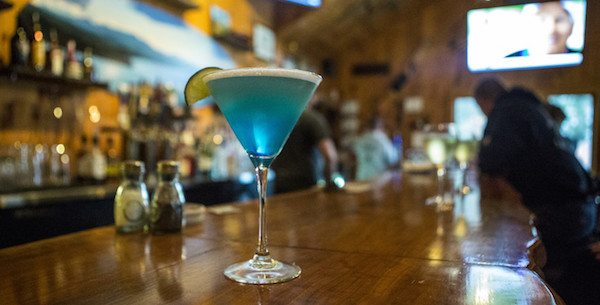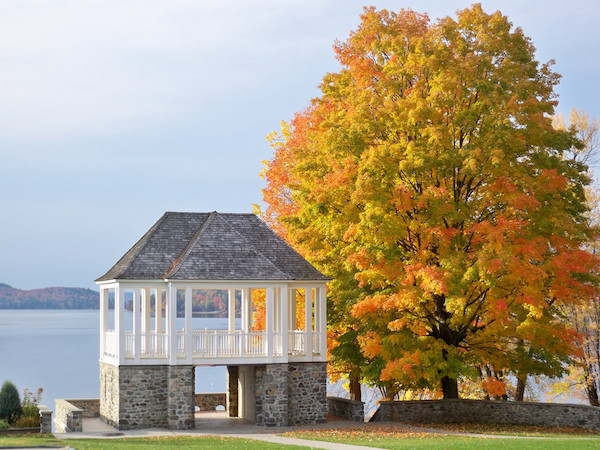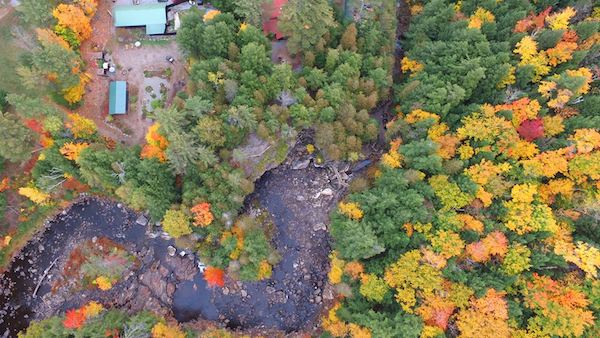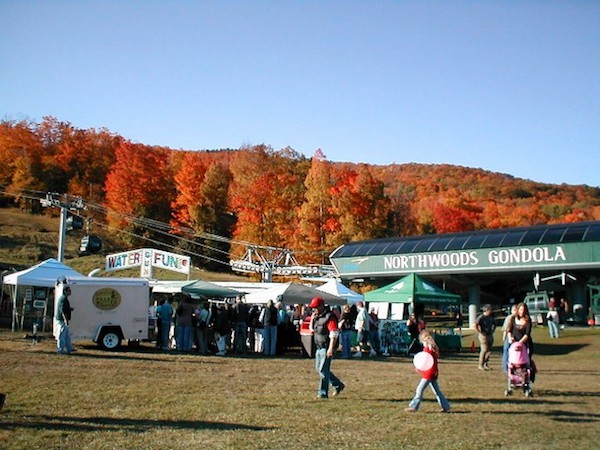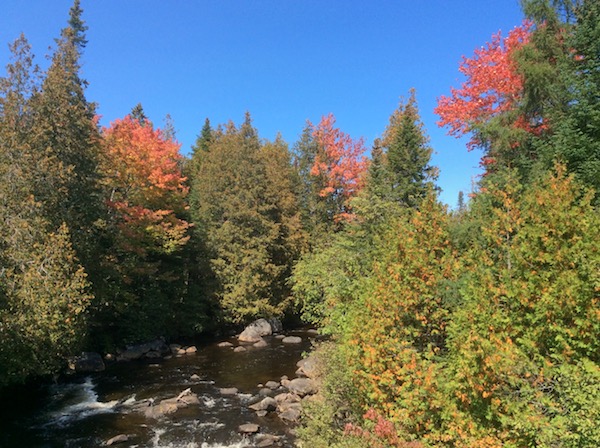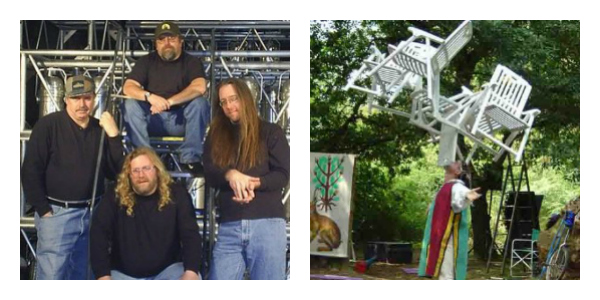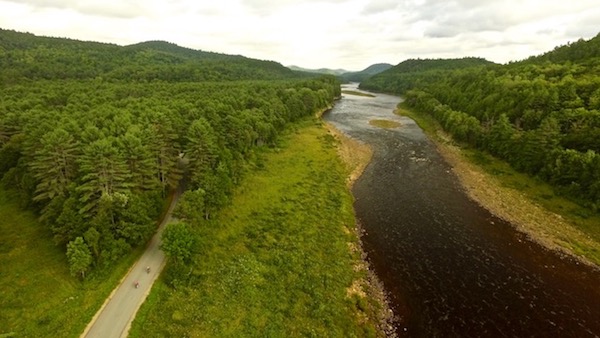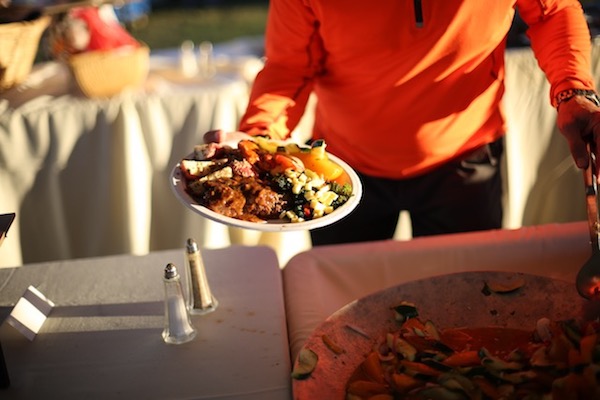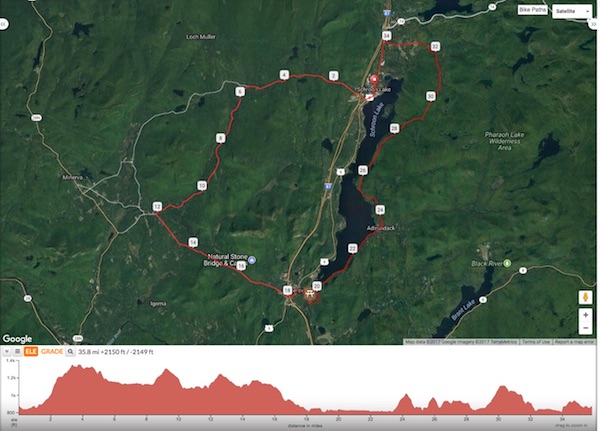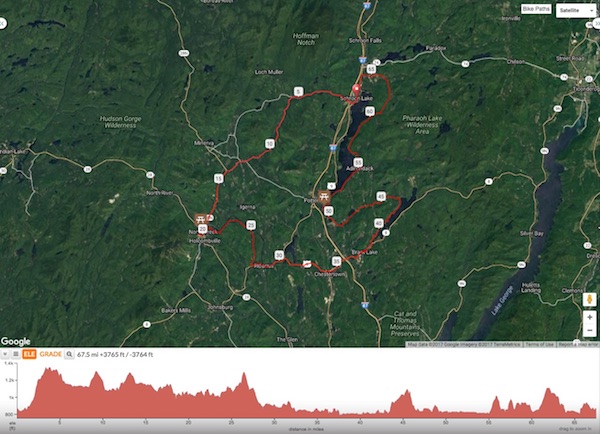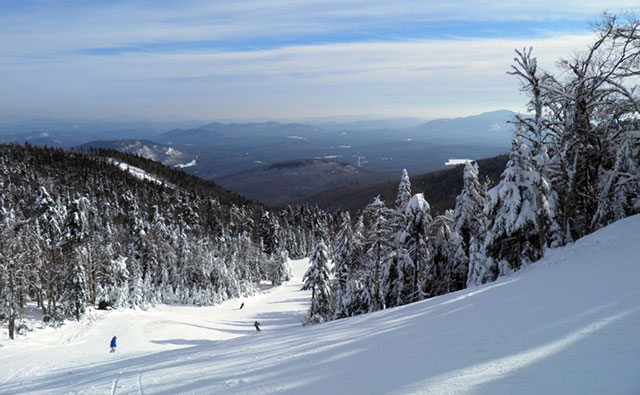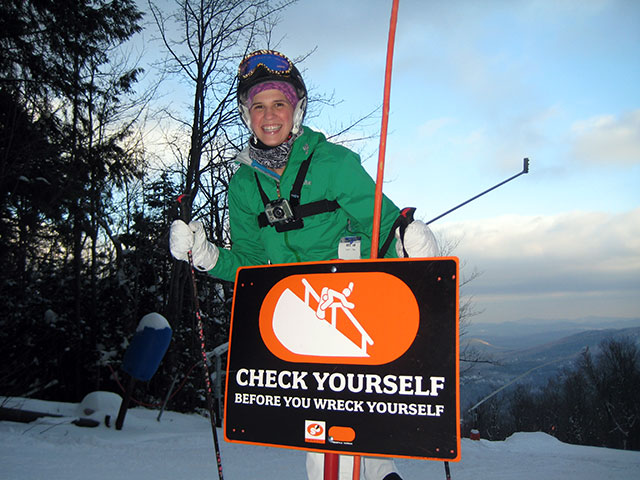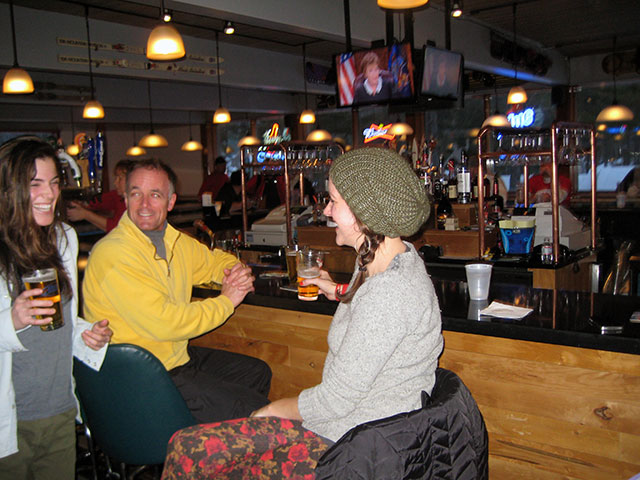A Walk in the Park during Stick Season
This is my favorite time of year, (if you don’t count summer).
Seriously, one might find it odd, but I actually enjoy what some here call “stick season,” that stretch of leafless, snowless time that exists between the brilliant reds and oranges of fall foliage and the exhilarating snow-covered white of winter.
It’s a break of an unpredictable amount of time during which one can hike or trail run without the typical summer hiking traffic, any insects, or those pesky leaves mucking up your view.
We have been the recipients of extended warm weather in the Adirondacks this fall, and though I’m sure it will soon come to an end (there was some accumulated snow just days ago in the mountains), I’ve certainly enjoyed the extra snowless trail time.
One of my favorite regions to hike is in, and around, Schroon Lake. I love the Pharaoh Lake Wilderness, with its varied terrain. I had decided to go to one of the Crane Pond trailheads for a short hike the other day, but before I left my yard, a shot rang out.
The Shot Heard Round My Yard
The shot was from property adjacent to ours, a tract of land that is leased each fall by a hunting club. It is deer hunting season in our region, and it truly isn’t unusual to hear a gunshot -- sometimes it is merely target shooting.
However, it reminded me that I should don my bright, high-visibility colored jacket and hat, just to be safe. Like cyclists and cars share the road in summer, hikers and hunters must share the woods in fall and winter. And I again perused the website to select a more popular area, as hunters would likely steer clear of a higher trafficked hiking trail.
That was when I ran across the listing for the Adirondack Interpretive Center (AIC) in Newcomb. I hadn’t been there in years! The Center, as I remembered, had a network of trails with interpretive signs, and as a bonus, is one of the places in which there is no hunting allowed.
So I decided to head to the AIC for my hike.
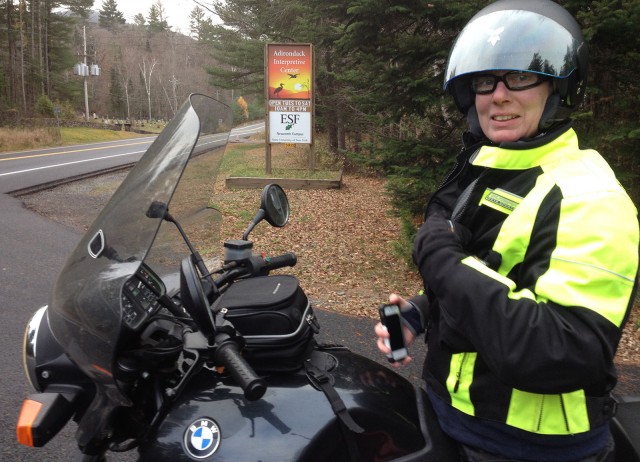
Season Mixing
Where I live on Lake Champlain is at about 100 feet above sea level in elevation, and Newcomb is 1,946, according to the Internet. It was about 50 degrees out when I left the Lake Champlain Region. So, in a bold season-mixing move, I decided to get to Newcomb via my motorcycle, and to bring my microspikes with me in case the trails were at all icy.
Microspikes are a stick season (not to mention winter) hiking must. Temperatures at this time of year can fluctuate and differ dramatically as one goes up in elevation. Having traction for your boots can make an otherwise dangerously slippery icy trail like… well, like a walk in the park.
The ride west along the Blue Ridge Road between North Hudson and Newcomb is one of the most beautiful scenic rides in the region. I admit that the temperatures did decrease as I got closer to Newcomb, but I was sufficiently bundled up in layers (that included my high-visibility jacket) for the trip. When I arrived in Newcomb, I continued through town on 28N, and finally saw the sign for the AIC on the right. I parked alongside two other cars in the parking lot, and as I took off my outer layers, guessed that it was closer to the mid-40s Fahrenheit there.
I headed into the Center building, which is open Tuesday through Saturday, 10 a.m. - 4 p.m. Lucky for me, it was Thursday at about 2 p.m., so I had time to explore. Upon entering the building I was immediately greeted by Kristin, the assistant program manager at the Center.
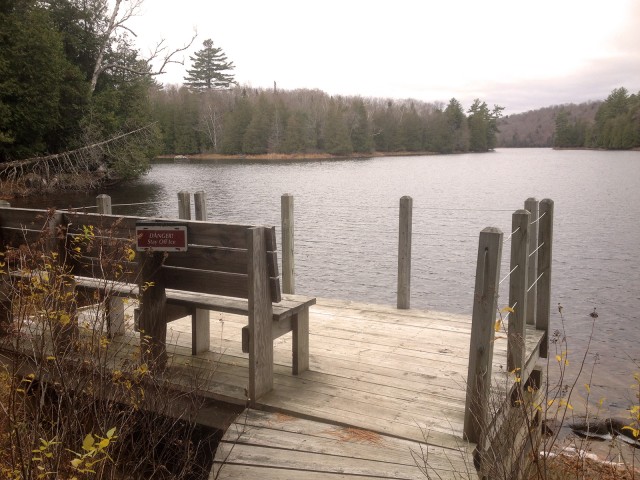
The AIC main building’s full name is the Center for Nature Interpretation in the Adirondacks, and the whole AIC is managed by the SUNY College of Environmental Science and Forestry (ESF). Inside the Center, there is a room set up for lectures and meetings; they host a number of learning opportunities for groups, and welcome a number of school groups this time of year.
There are several interpretive displays, and a lobby with views of the forest and bird feeders outside the windows and a chalkboard with the names of the current types of birds one might see. (Right now, common raven, black-capped chickadee, red-breasted nuthatch, downy woodpecker, blue jay, blue-headed vireo and the northern flicker.) I recognized a chickadee in the feeder while I was there. Kristin showed me one big exhibit room that is currently being renovated to include a three-dimensional and several interactive displays on the natural and cultural history of the Adirondack Park. I was particularly drawn to the display with several animal pelts in the lobby, including a friendly-looking bear.

A Walk in the Adirondack Park
Kristin provided me with trail maps - one for summer and one for winter - adding to my season-mixing theme. She also gave me some additional guides to mammal ecology and botany for use along the trails. She agreed with me that microspikes or other traction devices are helpful once it is cold enough for the trails to become icy. It was cool on this day, but not cold enough to need extra traction.
Armed with my maps and guides, I set out to check out the network of fairly short trail loops. I began with the Sucker Brook Trail, a one-mile loop. Most of the trails are wheelchair accessible, and as such are nice, wide, cleared trails that include some bridges and wooden boardwalks that are wide enough to accommodate wheelchairs, as well as skis and snowshoes once there is snowfall.
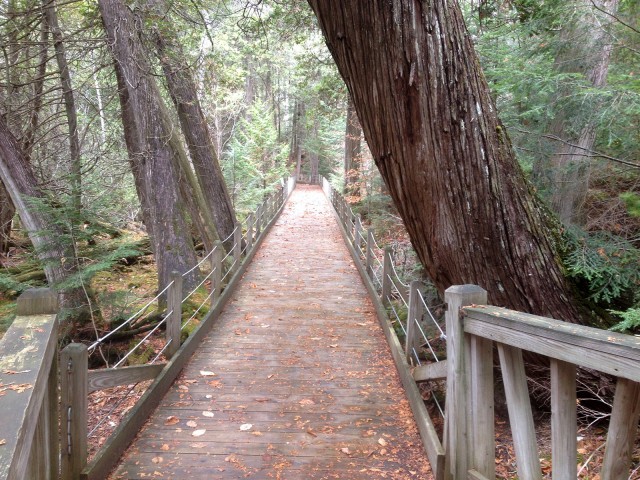
Given the small number of cars in the parking lot, I realized that it wouldn’t be crowded, but the only people that I saw during my walk were in the distance, taking in the view from one of the bridges on the other side of the Sucker Brook trail. I never did catch up with them, so they must have been traveling at least at a snail’s pace.
There were two bridges and a section or two of boardwalks on this loop. I thoroughly enjoyed this easy jaunt through largely untouched forest. There were a number of downed trees that had weathered but not yet decayed, with cool spiraling designs in the remaining logs.
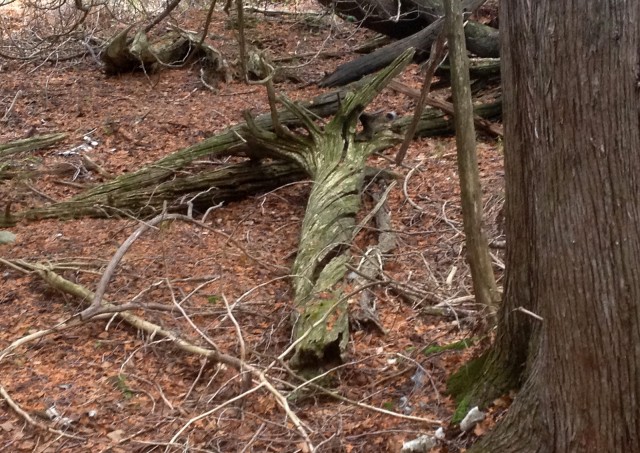
The Sucker Brook Trail winter map indicated that it is of moderate difficulty, and a “challenging” ski. Some of the hilly terrain would definitely be an advanced trek on skis, for sure, but was quite a nice walk, and would be equally great on snowshoes or microspikes.
I decided to check out the Rich Lake Trail, as the .6 miles at my glacial walking rate would be just the right amount of time before the Center closed. This trail has a couple of decks overlooking the lake, complete with benches. There were also canoe access points for people paddling from other parts of the lake.
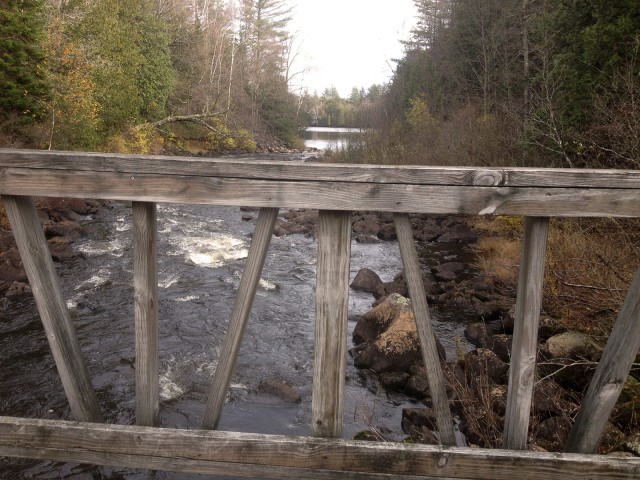
The walk was nice, and quiet, with the exception of some birds (I identified the sound of a chickadee, but couldn’t pinpoint other sounds -- I’m no ornithologist) and a squirrel who was chattering away, obviously quite annoyed that I was interrupting his day.
The AIC trails aren’t for those seeking a 46er peak-bagging experience, but it is a perfect place to take a family or for a leisurely stroll in the woods. The AIC is a new favorite stick season destination for me, but I might return this winter, too, to try my skis out on the loops marked “challenging”!
NOTABLE: The AIC offers snowshoes to visitors at no cost! In addition to the trails, the AIC hosts a regular schedule of programs - keep up with them on the events page!
-Kim Rielly is the director of communications for the Regional Office of Sustainable Tourism.
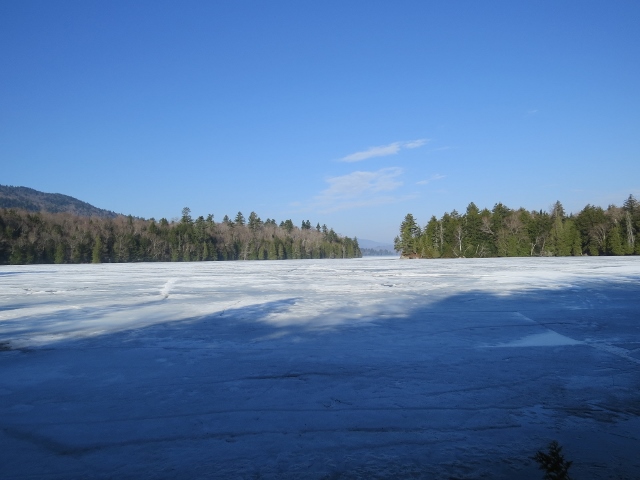

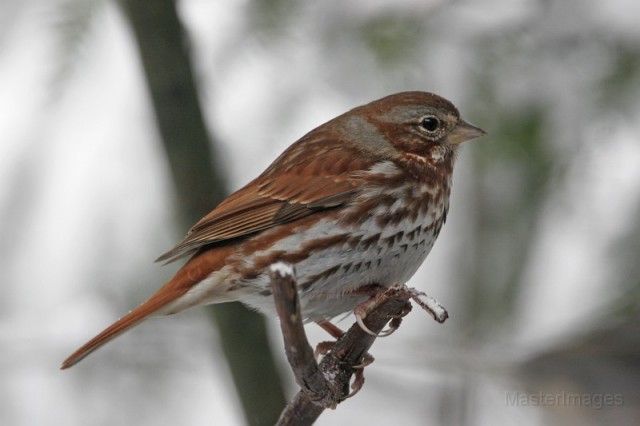
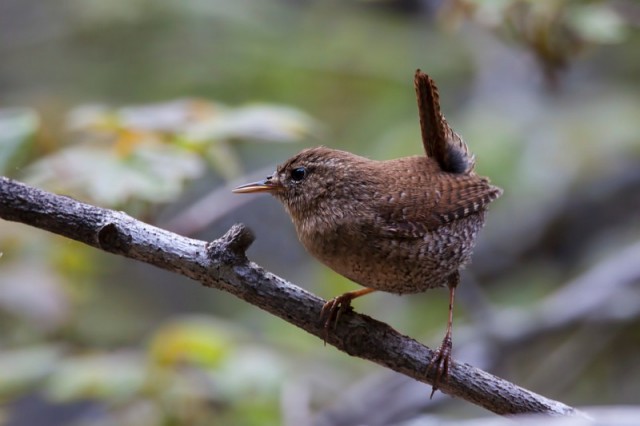
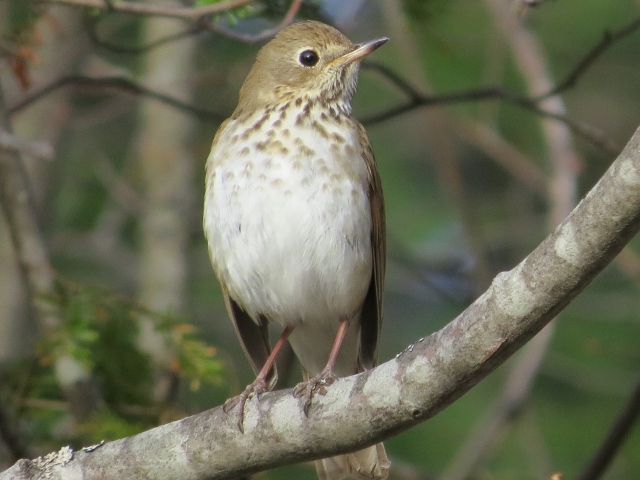
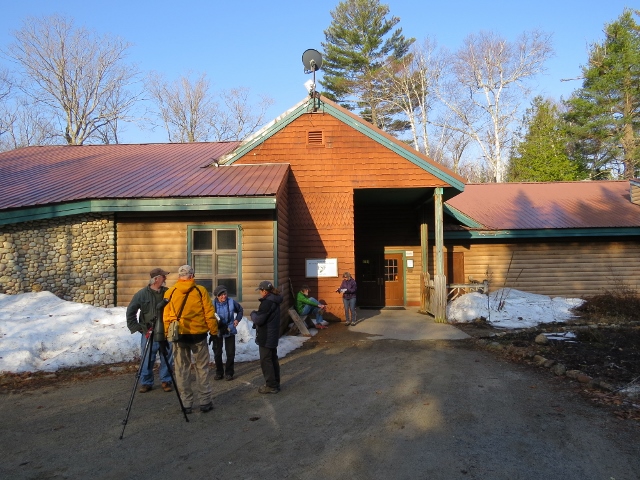
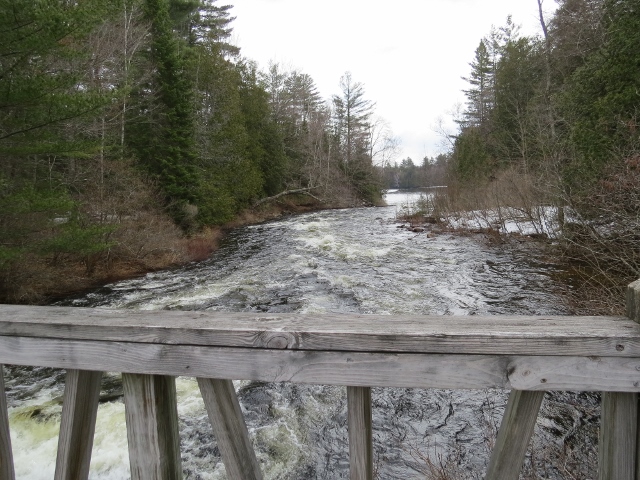
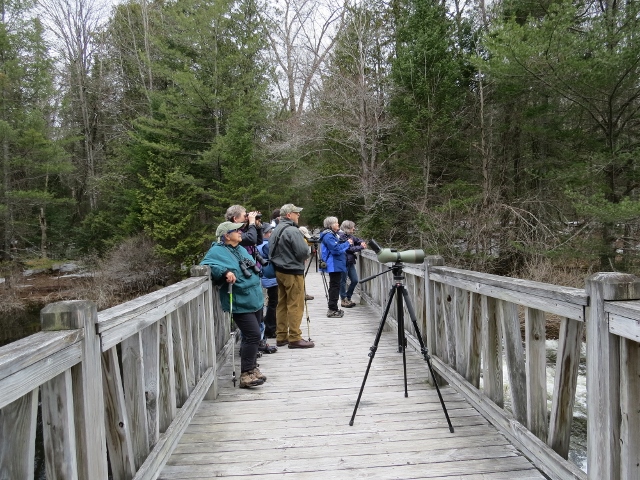
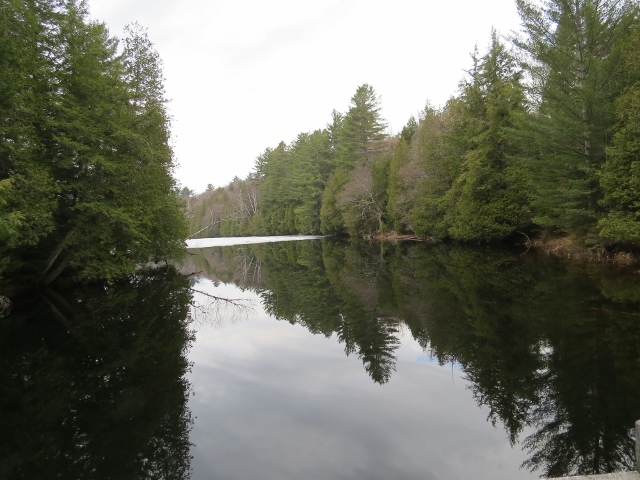
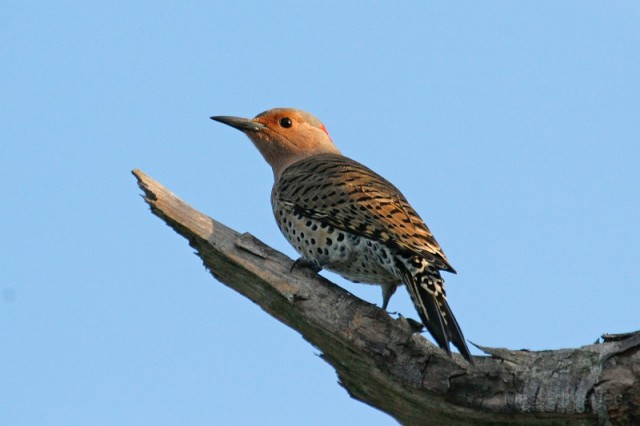
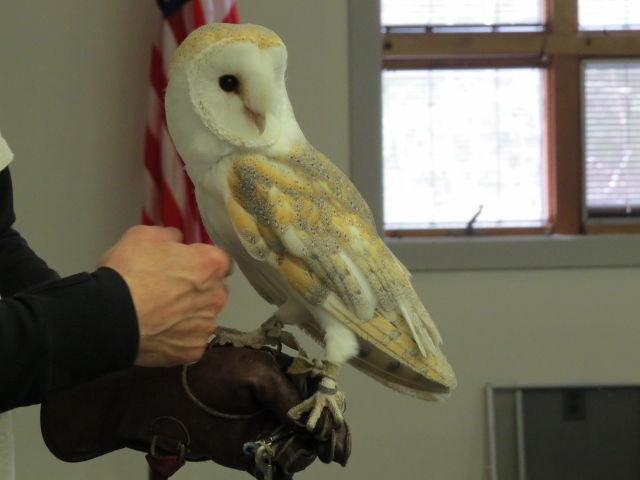
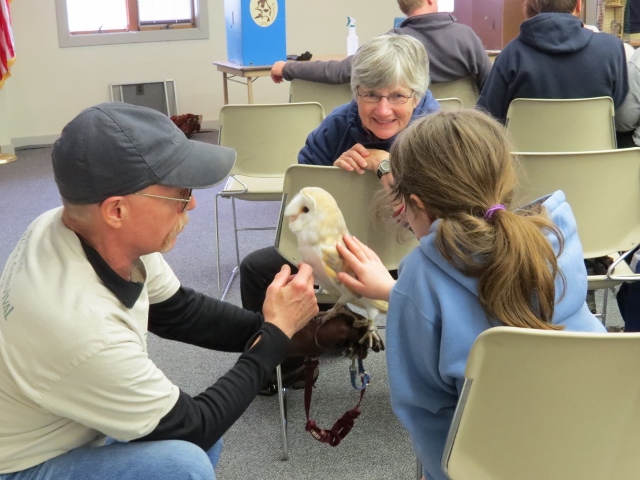

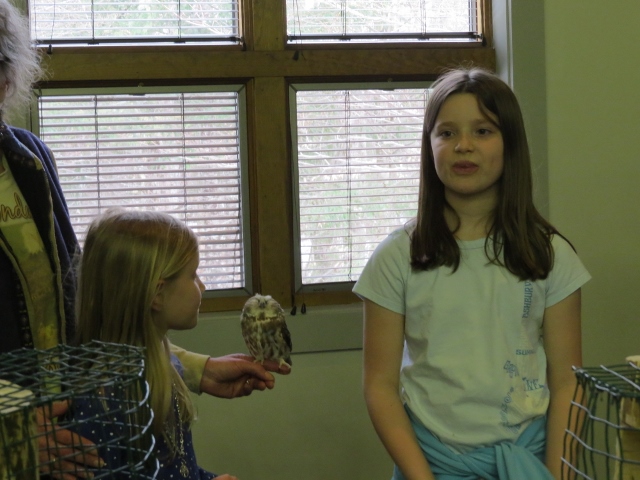
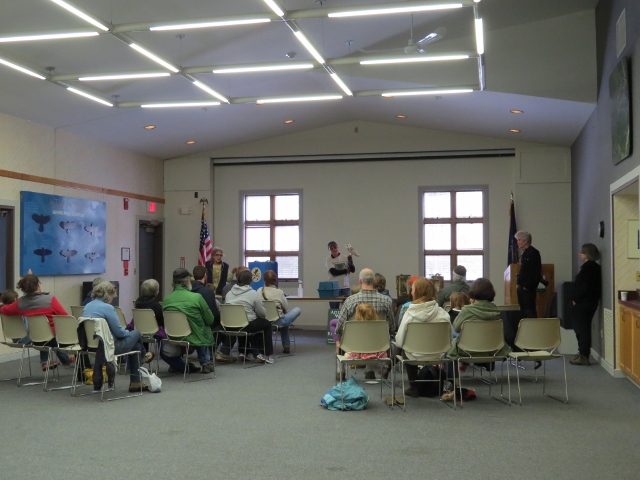
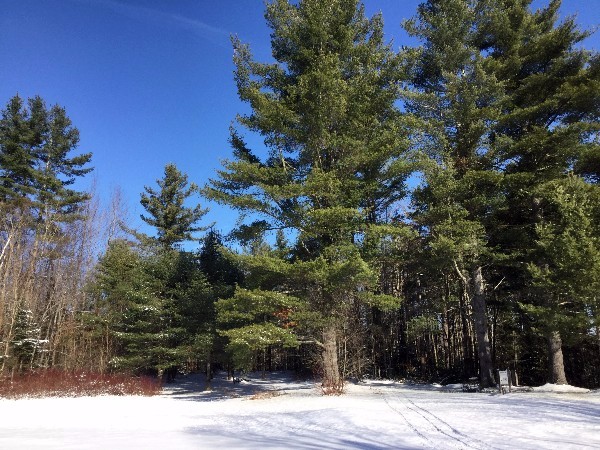
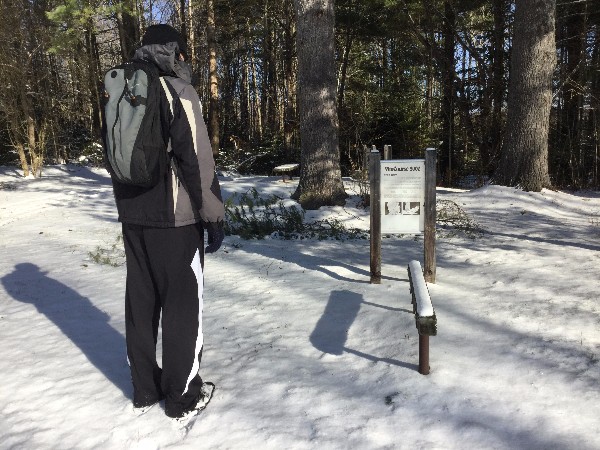
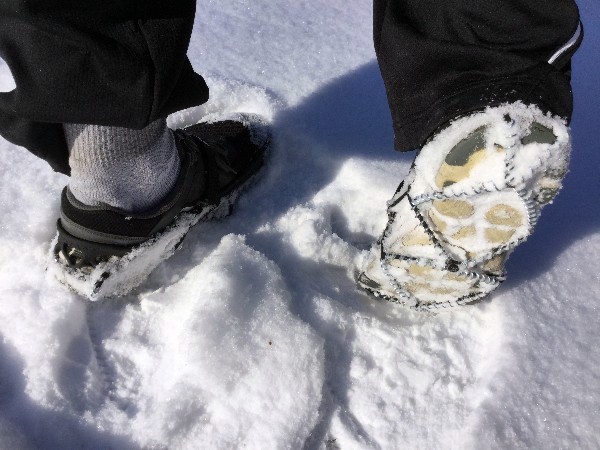
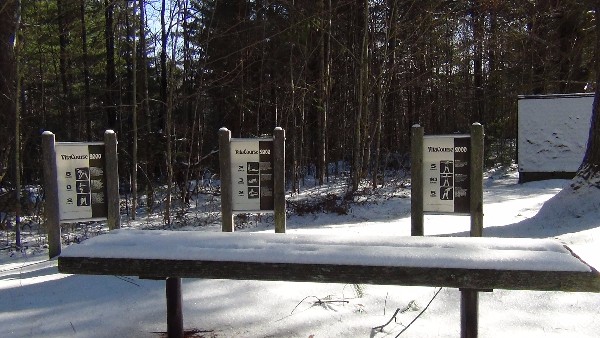
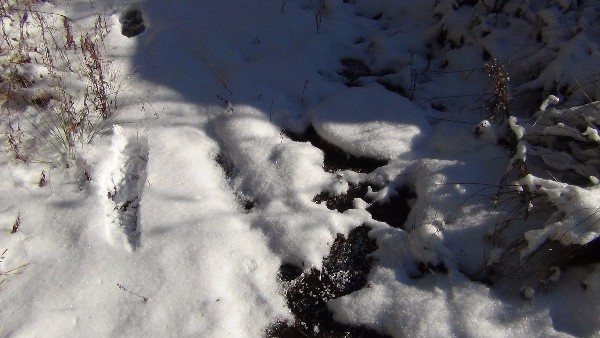
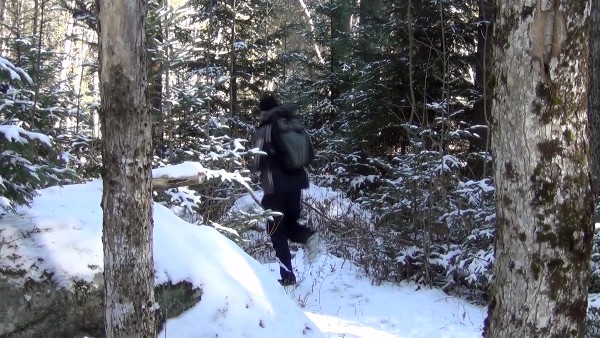
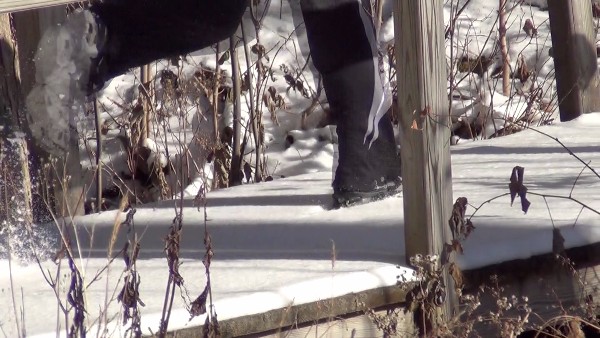

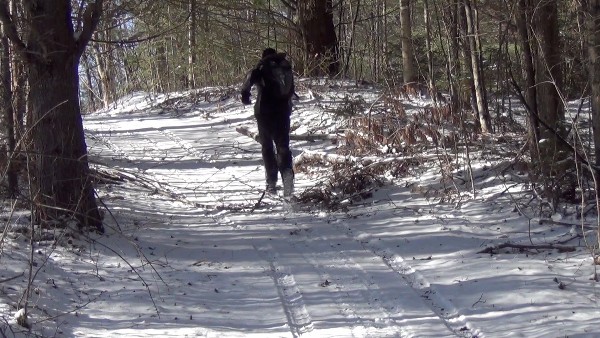
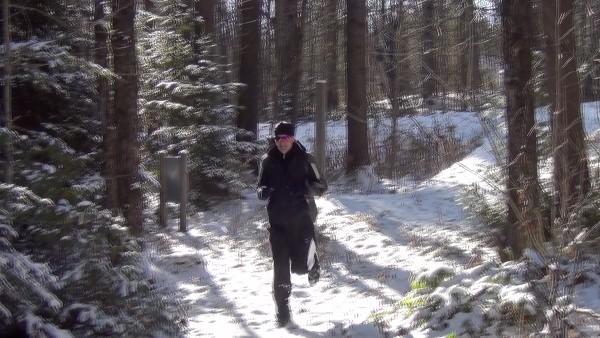
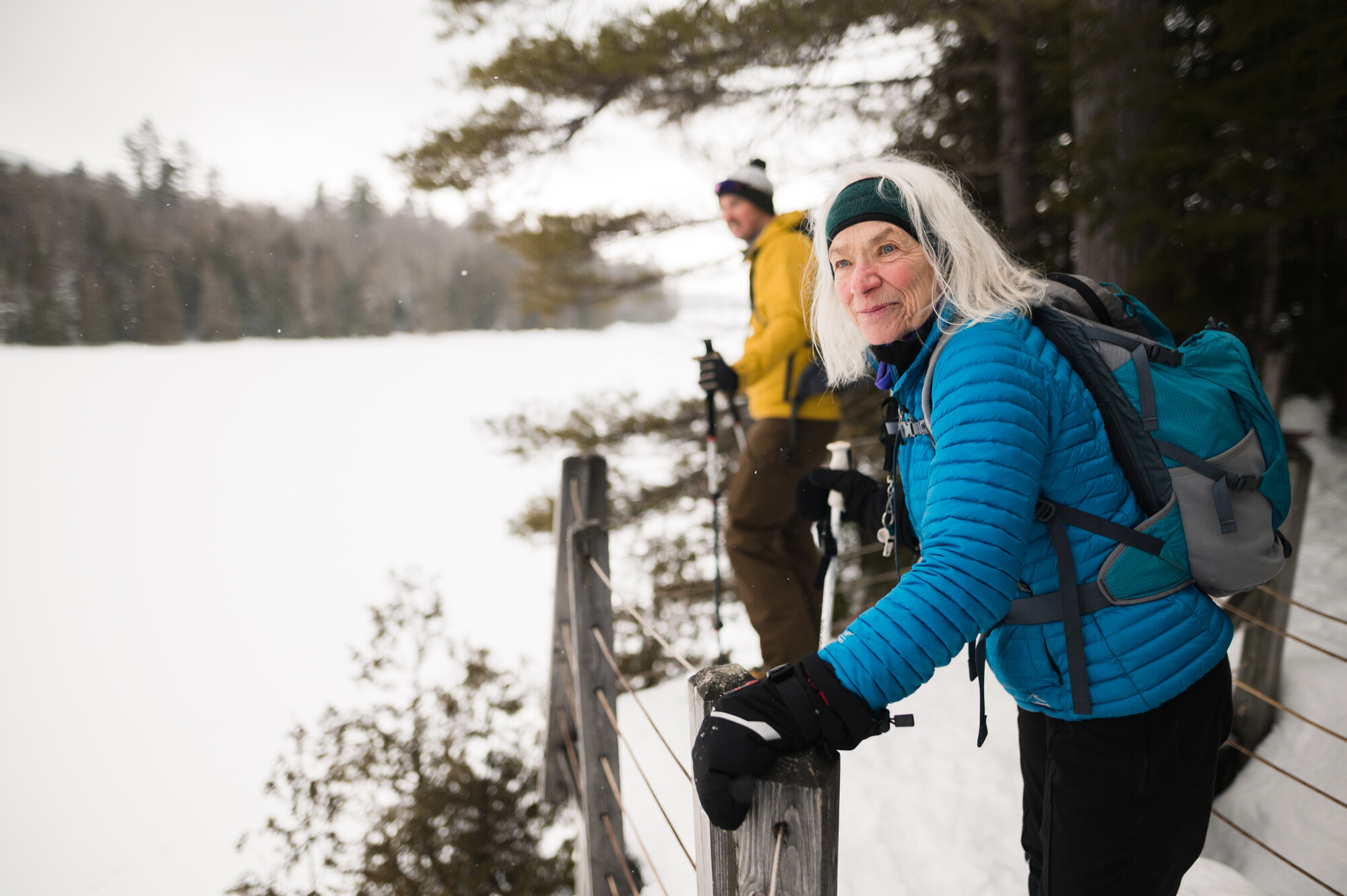
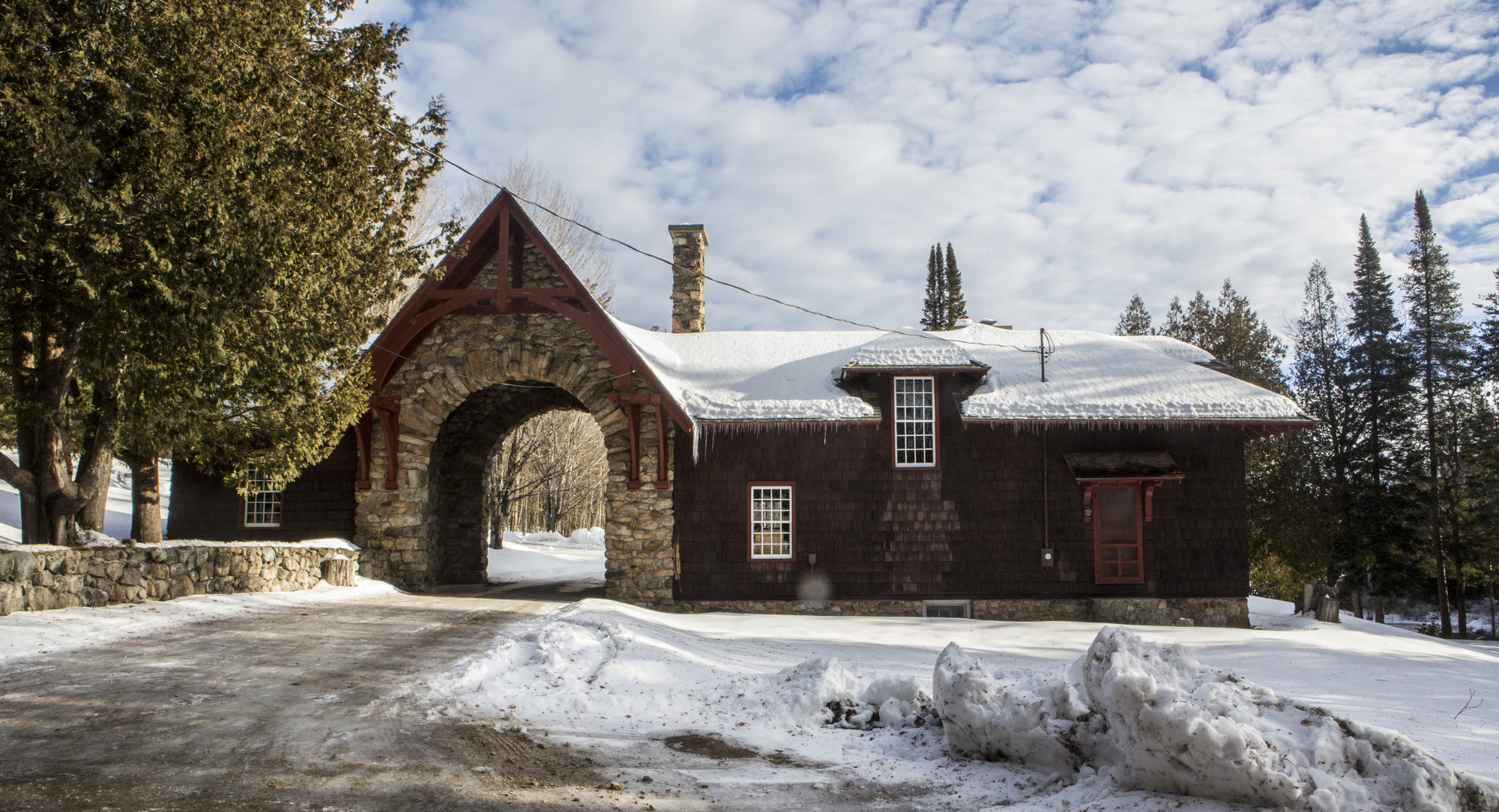
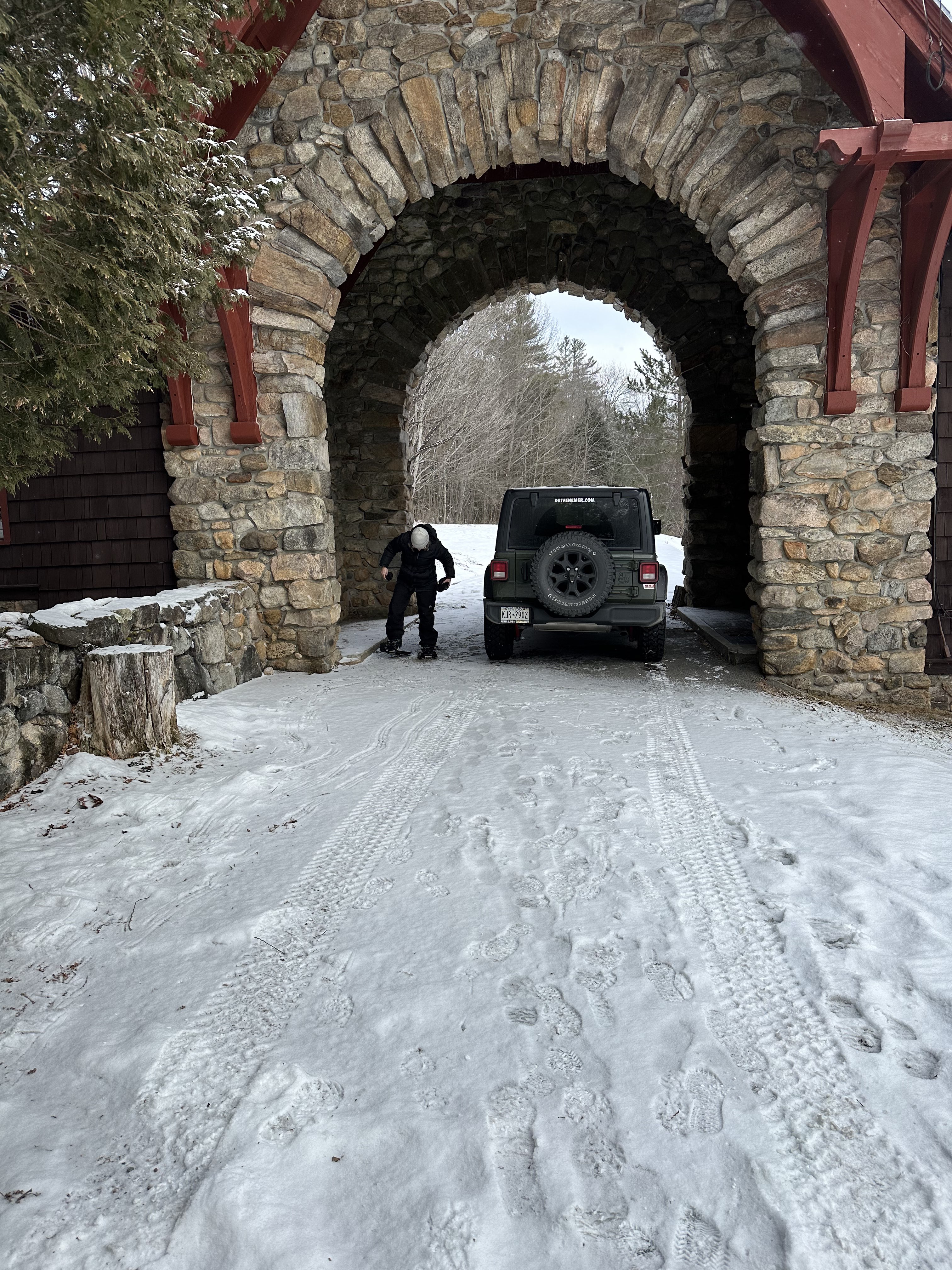
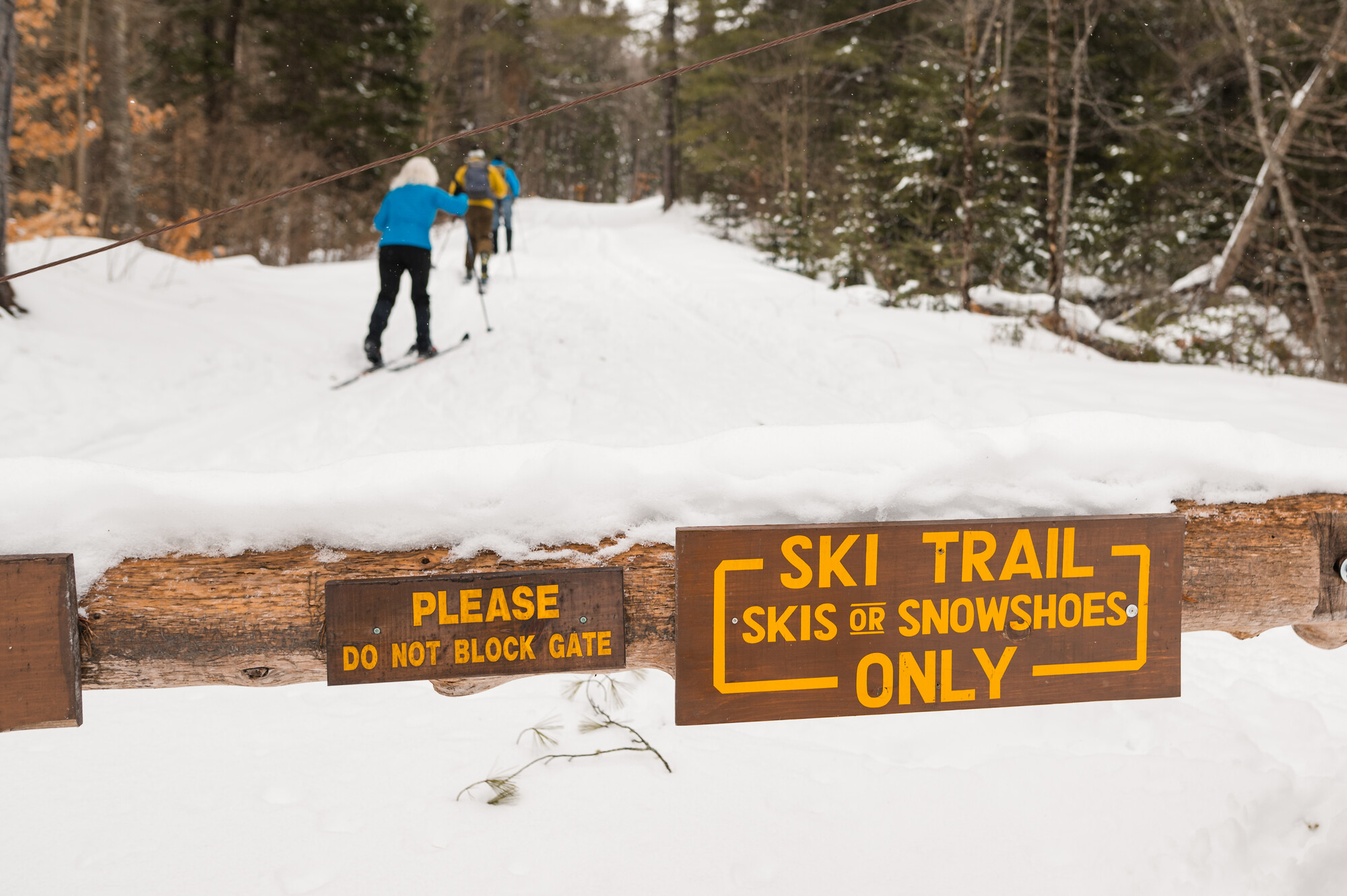
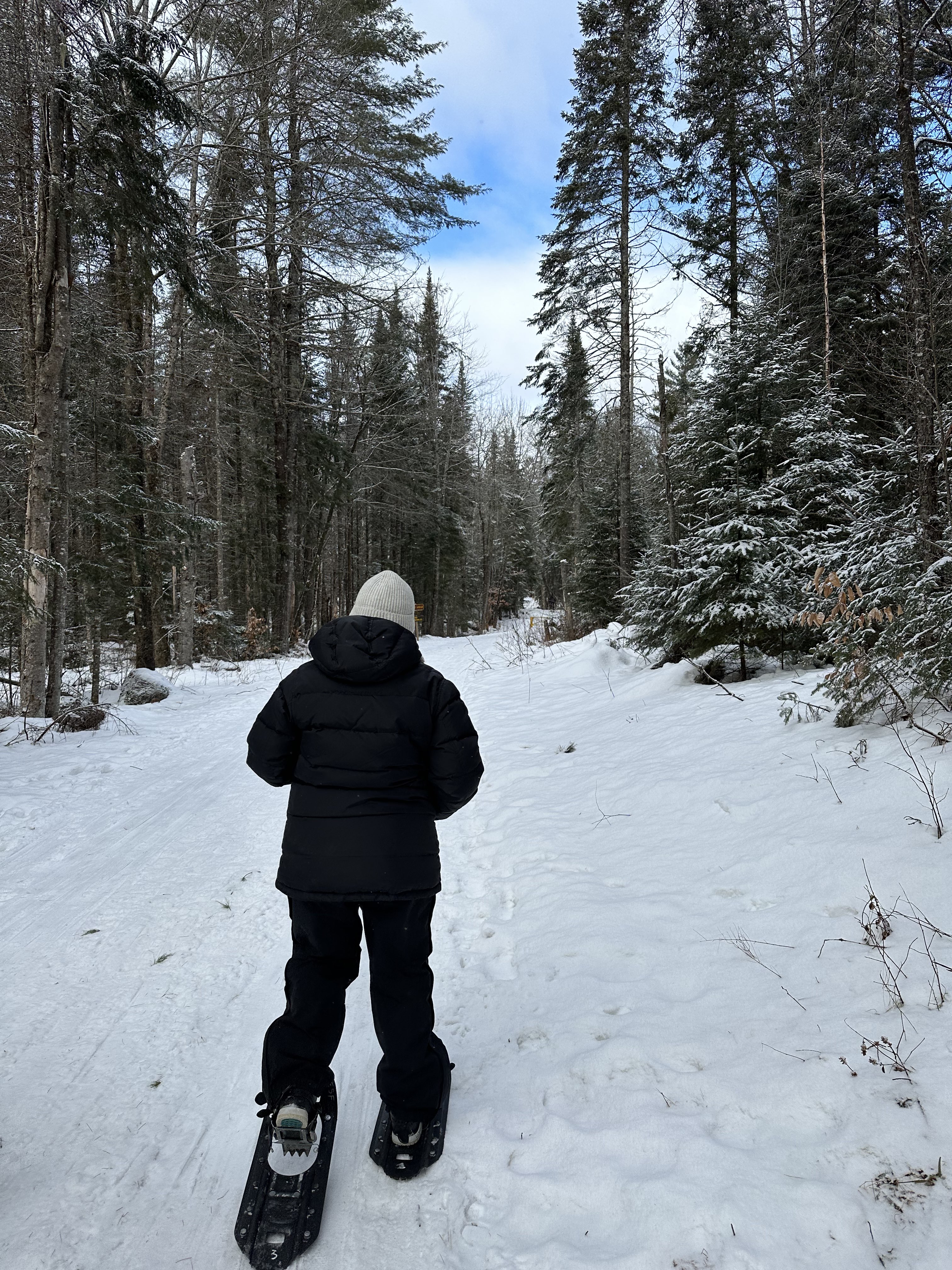

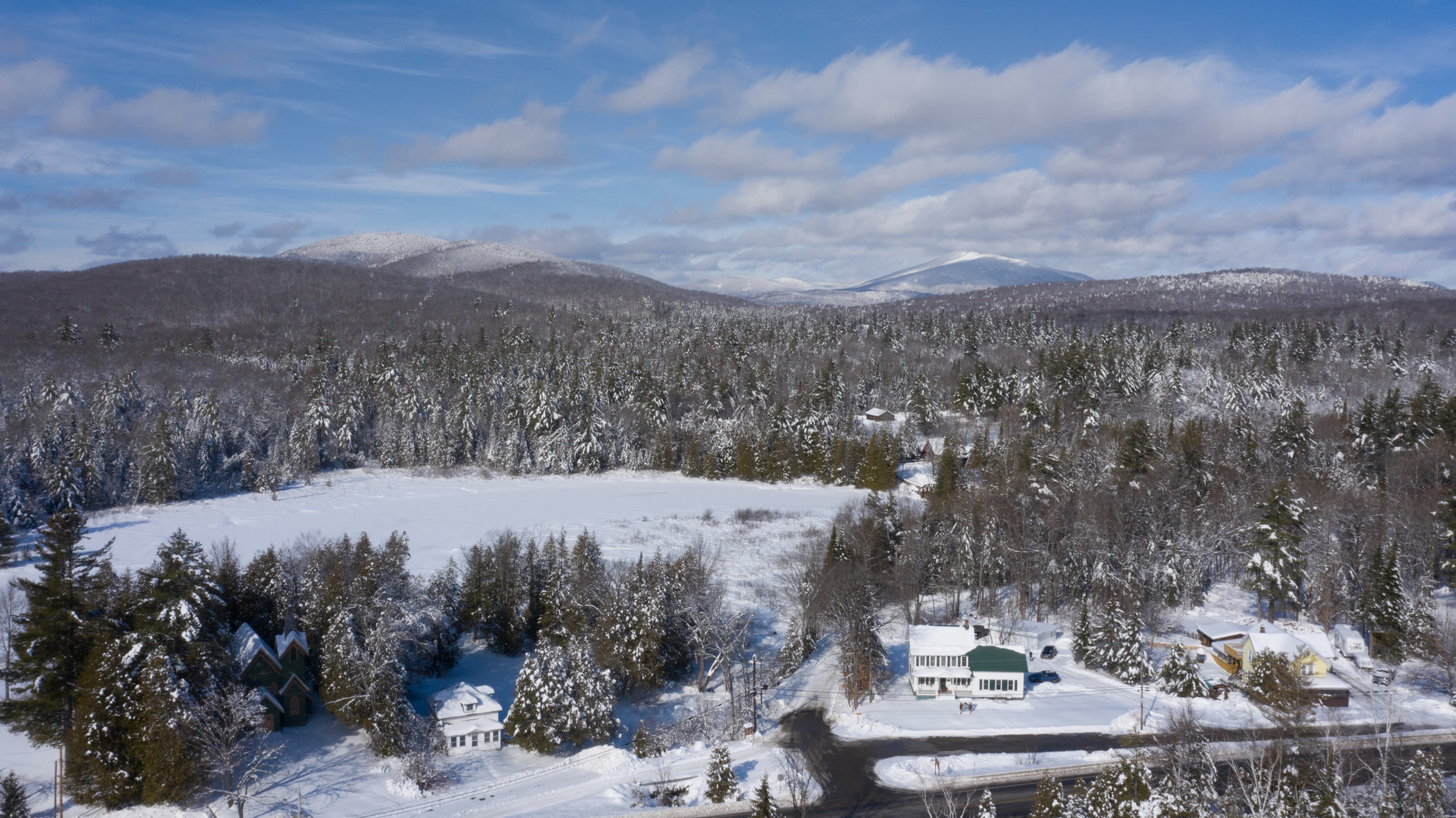
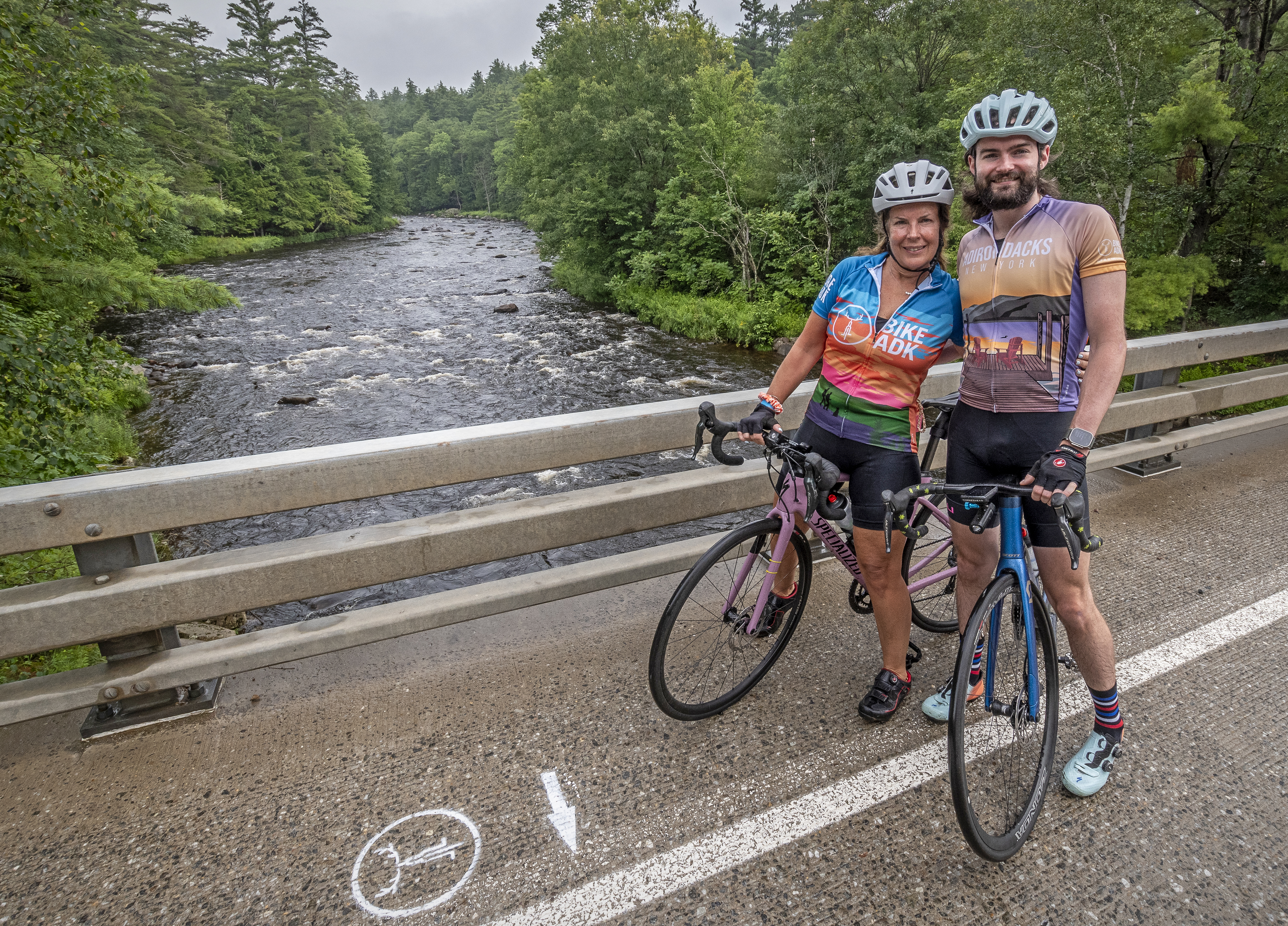 A valuable resource to use to find a curated route in the region is the "
A valuable resource to use to find a curated route in the region is the "